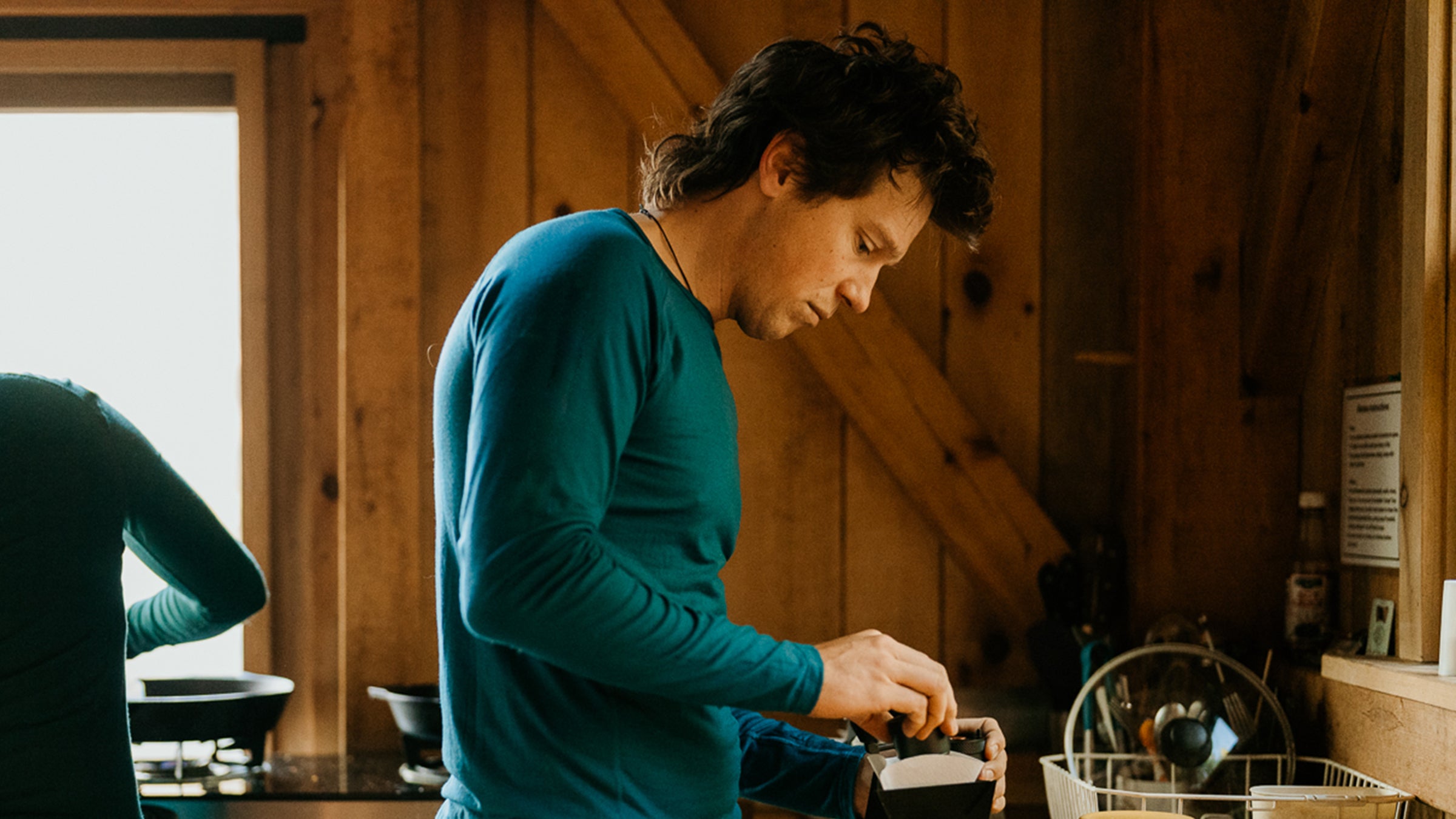Apparel made of 100 percent merino wool is great for winter activity—until it isn’t. It insulates, wicks, and dries admirably, as well as mitigates odors—up to the day your fingers pop through the tops of gloves. Or shirts and leggings develop random holes and start opening at the seams. Even your favorite hat might sprout unwanted ventilation spots. Those wardrobe malfunctions can happen suddenly, and often too soon after purchasing.
But now that we’re several years into merino gone mainstream, brands have found creative methods to make it more robust. For the last three months I’ve been running, hiking, canoeing, and doing yardwork in cold-weather gear that combines merino with other fabrics to increase durability. Here are five keepers.
Ibex Woolies Tech Long Sleeve 1/4 Zip ($135)

|
A key way to improve merino’s durability is to wrap merino fibers around a nylon core. Doing so can increase abrasion resistance by 30 percent or more while maintaining merino’s moisture-wicking magic.
Ibex’s quarter-zip baselayer top—made of 81 percent merino, 12 percent nylon, and seven percent elastane—is an exemplar of this approach. At 180 grams per square meter (gsm), it’s light enough for warmish fall and spring days, but heavy enough to wear throughout the winter. The fit is close, but not so tight that I couldn’t wear it as a midlayer over a tee shirt.
Kora Yushu Leggings ($130)
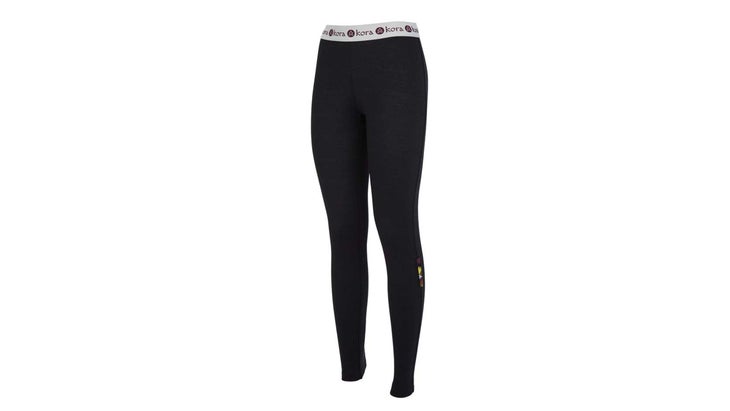
|
These super-soft and toasty (230 gsm) leggings blend merino (40 percent) with yak wool (60 percent). The latter has an incredible warmth-to-weight ratio, while merino shoulders the moisture-management work. High-wear areas, such as the crotch, are made stronger by merino that’s spun around a nylon core. The seams, while double-stitched to enhance durability, are flat—I experienced no irksome irritations when running in the leggings.
Kora garments fit close to the skin, seemingly no matter how skinny you are. (I’m 5’9”, 128 pounds.) They also tend to be long. With a 30-inch inseam, I had a couple of extra inches of leggings to account for, which I rolled up from the bottom.
Tracksmith Brighton Briefs ($48)
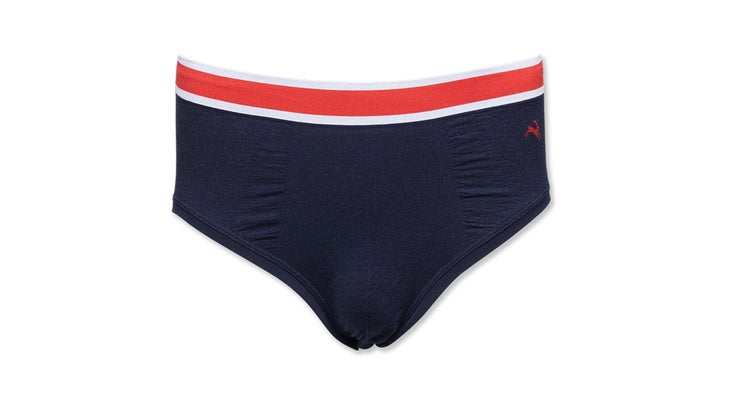
|
This is my 19th winter as a Maine runner who doesn’t do treadmills. Translation: If there’s one piece of non-negotiable, gotta-be-merino apparel for me, it’s running underwear. Unfortunately, merino is especially vulnerable to developing tears at seams. All previous briefs I’ve worn for this purpose have quickly disintegrated. I have three pairs of 100 percent merino briefs that are almost literally hanging by a thread from the waistband.
These Tracksmith briefs avoid that drawback with a seamless construction. Durability is also enhanced by the 66 percent merino, 32 percent nylon, two percent elastane blend. I’ve run as long as 34 miles in them and can pay them the ultimate compliment: I forgot I had them on.Tracksmith also makes a boxer version for men.
Artilect Eldorado Gloves ($55) and Walrus Beanie ($40)
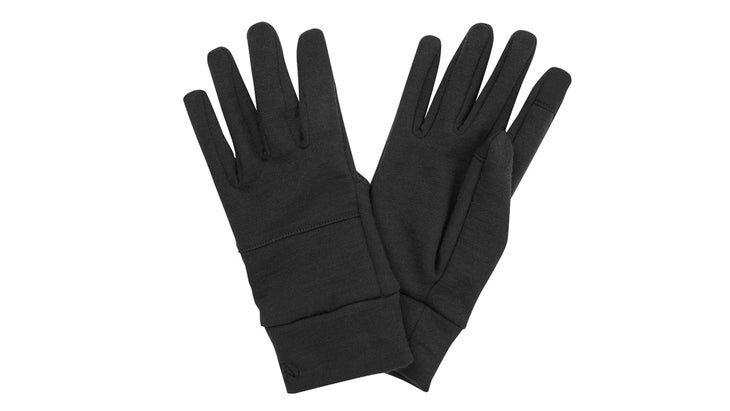
|
I became a Nuyarn devotee over the summer, when I learned how this innovative merino construction performs so much better in heat than conventional merino. Now that it’s winter, I’m appreciating other Nuyarn attributes, including its warmth-to-weight ratio and durability.
Nuyarn is an ingredient brand a la Gore-Tex fabric or BOA lacing systems. As with many other blends, Nuyarn consists of merino fibers spun around a nylon core. But there’s a crucial difference: In most treatments, single-ply merino fibers are twisted into a rope-like structure. But because merino fibers aren’t of uniform length, they don’t always align perfectly. This can lead to thin areas that are susceptible to abrasion. In contrast, Nuyarn is a two-ply yarn that isn’t twisted. In abrasion tests that simulate repeated wear, Nuyarn fabrics have had five or more times the durability of conventional merino yarns.
Over the years, merino gloves and mittens have frustrated me even more than merino underwear. Few have survived even one winter of snot rocketing, drip catching, mouth wiping, wet-mid-run-removal tugging, and all the other abuse that accompanies hours outside in the cold. Artilect’s Eldorado gloves, which I’ve also used for extensive yardwork, appear up to the durability challenge. And they also perform fantastically in temperature management. My hands have stayed warm when temps were in the teens, thanks to the gloves being a hardy 310 gsm, yet didn’t overheat when I wore them on runs where the temperature climbed into the high 40s.
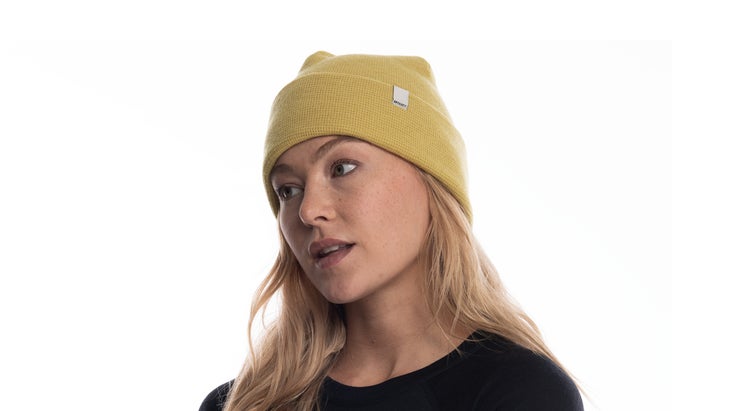
Merino hats are also frequently underwhelming. I’m a heavy sweater whose hats can get soaked even in sub-freezing weather; a few errant tugs can lead to moist merino ripping. I’ve had no such issues with this 250-gsm, waffleknit beanie. As with Artilect’s gloves, it quickly dissipates perspiration and remains comfortable in a huge temperature range.


